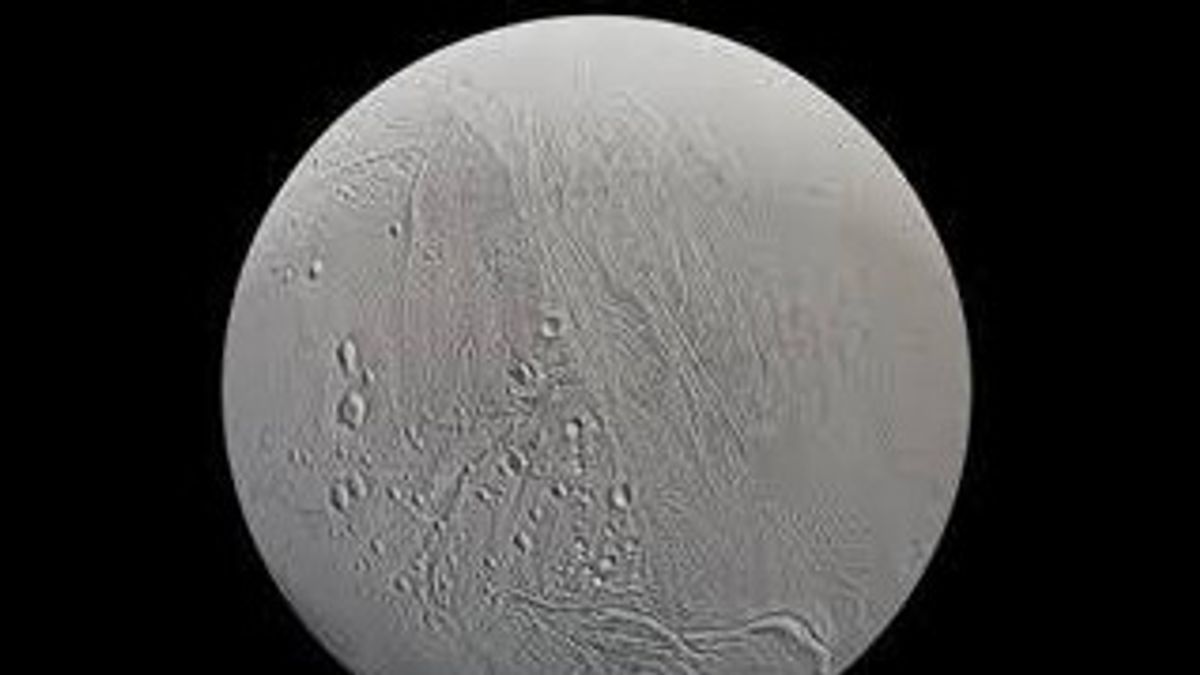JAKARTA - Scientists managed to capture an amazing phenomenon from the icy moon on Planet Saturn, Enceladus. Where, it sprays water vapor deep into space.
The eruption was captured by the James Webb Space Telescope in November 2022, the water vapor was identified as a large clump.
Scientists say the burst may contain a lot of chemicals, especially for life.
This is not the first time scientists have seen Enceladus spray water into space. However, monitoring of the Webb Telescope adds to their surprise.
It was revealed that vapor vapor bursts extend much deeper into space than previously thought, surpassing the lunar range several times. The enceladus has a diameter of about 313 miles.
"This is extraordinary," said a planetary astronomer at NASA's Goddard Space Flight Center, Sara Faggi, during a conference at the Space Telescope Science Institute in Baltimore on May 17.
Faggi stated that a complete research paper on the massive clump was being prepared. The original discovery of the Enceladus water eruption originated in 2005 when NASA's Cassini spacecraft observed ice particles driven through large cracks on the lunar surface, known as tiger lines.
The intensity of the explosion was so strong that the material that was ejected formed one of Saturn's rings. The results of the burst contain methane, carbon dioxide, and ammonia, namely organic molecules that have chemicals for the development of life.
Most likely, some of the gases are produced by the life itself, removing methane well below the surface of Enceladus, according to a study published last year in The Planetary Science Journal.
In addition, because Enceladus is covered in ice sheets, many suspect this month has a large ocean hidden below the frozen surface.
Scientists believe the bursts of water detected by the Webb and Cassini Telescopes originate from hydrothermal holes on the seabed. Supported by the presence of silica in clumps of steam, a common component of the planet's crust.
To find further answers about the planet, NASA is planning one of the Orbilander's Enceladus missions, which will orbit the moon for about six months, across its water bursts and collect samples.
Not only that, the US space agency will also deploy an autonomous snake-like robot called Exobiology Extant Life Surveyor to the depth of the submerged Enceladus.
This robot is equipped with cameras and lidar to explore the unknown Enceladus seabed environment to search for signs of life. This was quoted from Space via Wion, Monday, May 29.
The English, Chinese, Japanese, Arabic, and French versions are automatically generated by the AI. So there may still be inaccuracies in translating, please always see Indonesian as our main language. (system supported by DigitalSiber.id)












